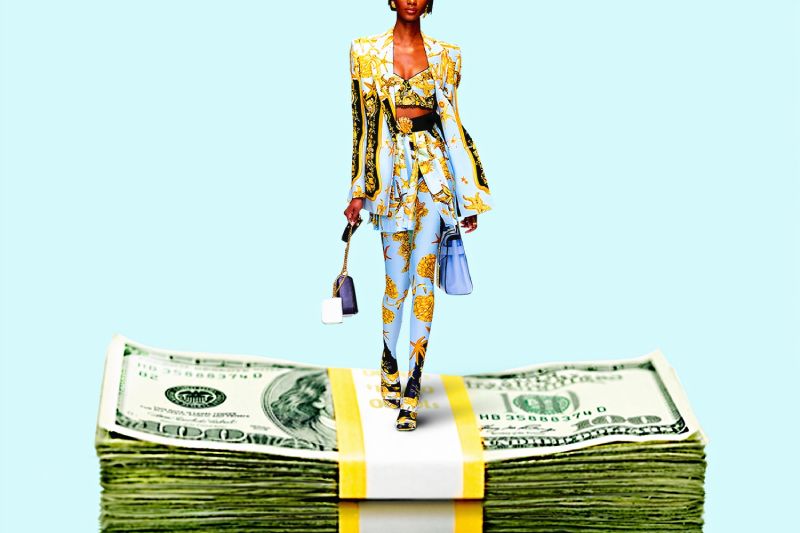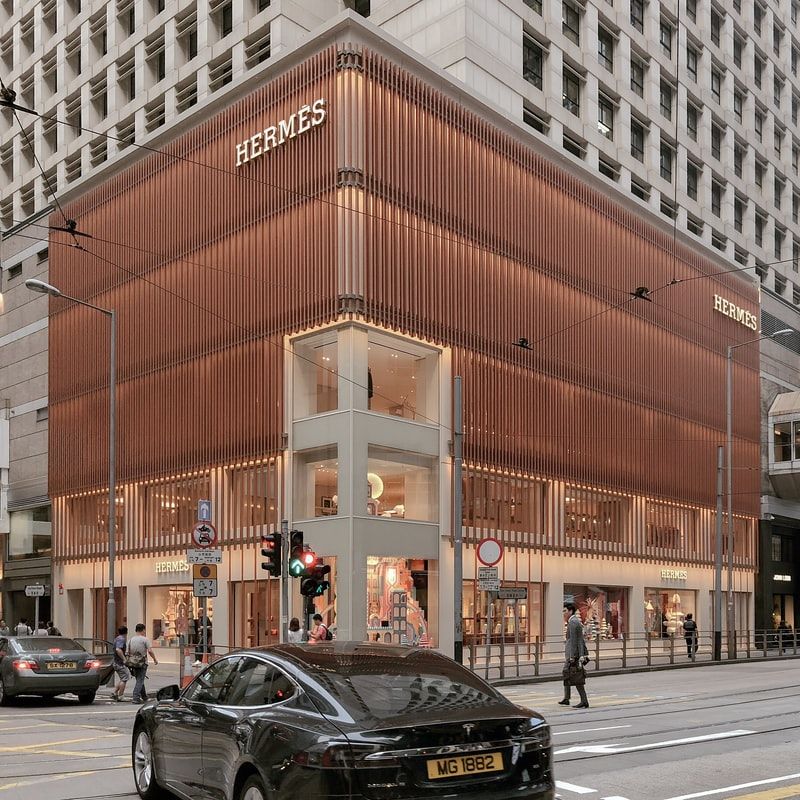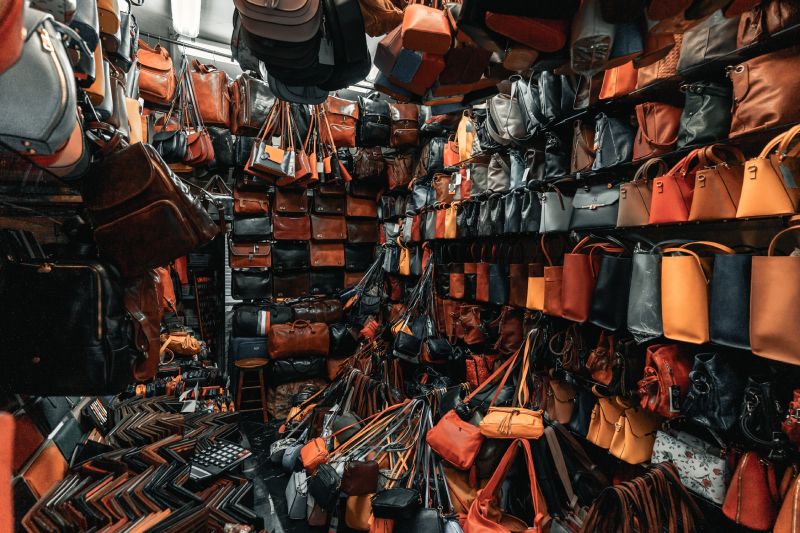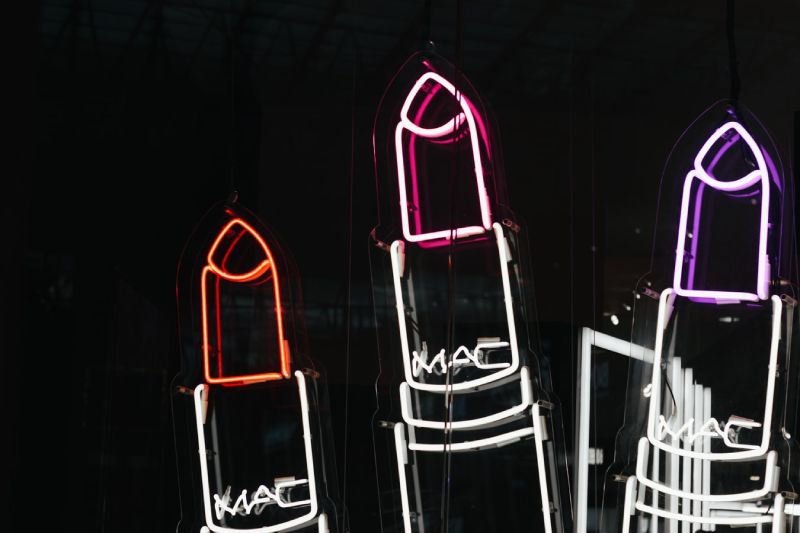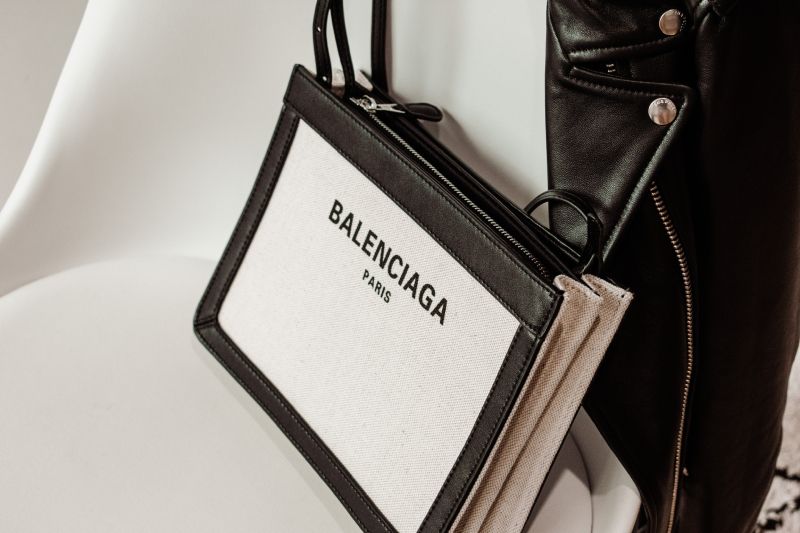If you buy cheap counterfeit Chanel shoes, it might not be that easy to see the difference, especially to the untrained eye.
But, who is paying the real price of your purchase, and can this $460 billion industry take a dangerous turn?
Counterfeit Vs. Knockoff
Counterfeit fashion, often synonymous with knockoff products, refers to manufacturing the replica of products with the intent to deceive the buyer.
Fashion clothing retailers such as Inditex (e.g., their brand Zara) or ASOS are long known to sell the knockoffs of the other brand’s products.
Knockoffs are visibly fake inexpensive versions of products big brands popularize each season.
Knockoff fashion is inspired by high fashion stores and normalized by fast fashion companies. However, as the creators of counterfeit fashion aim to sell the exact imitation of the product, it can lead to legal issues.

